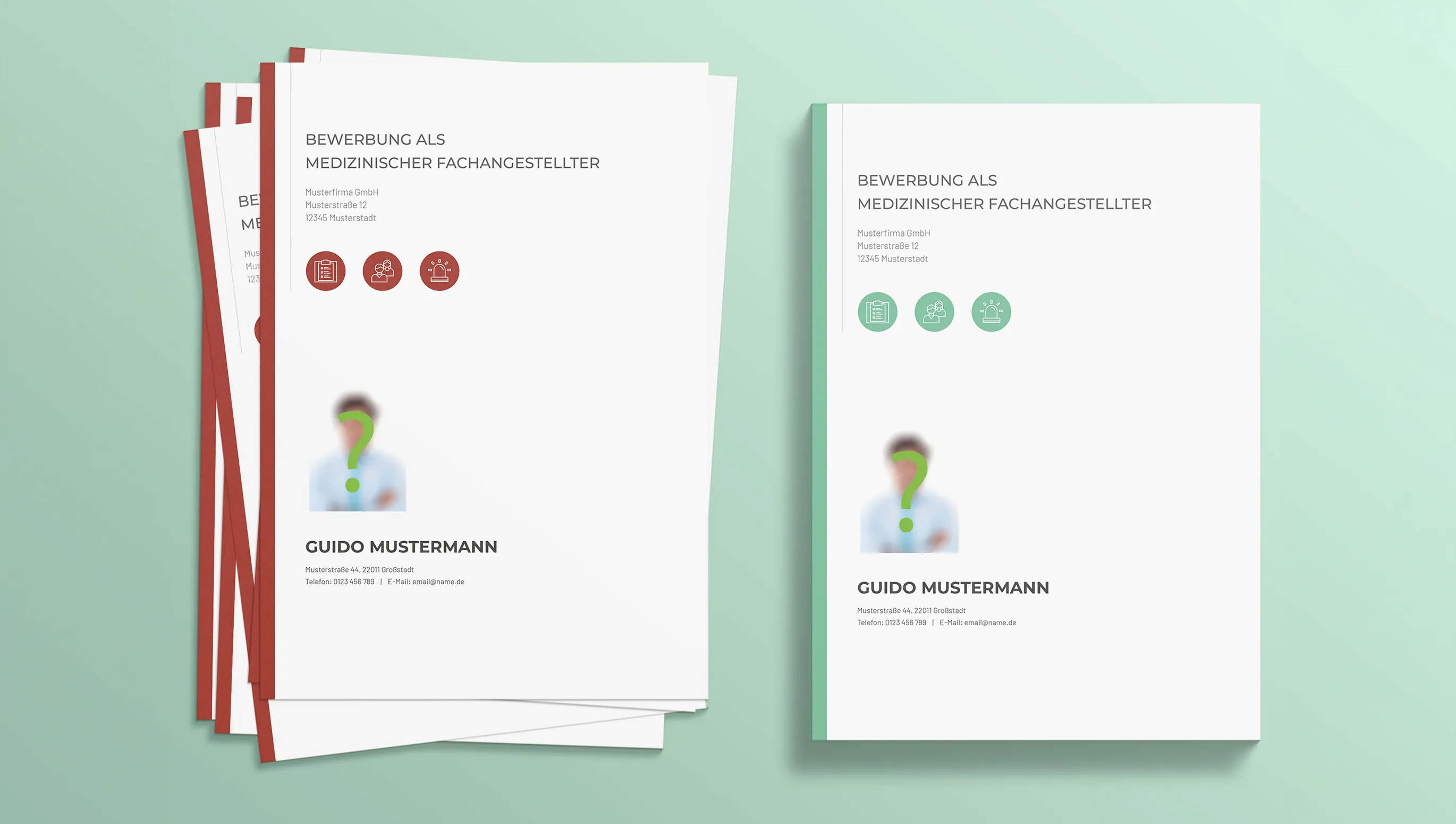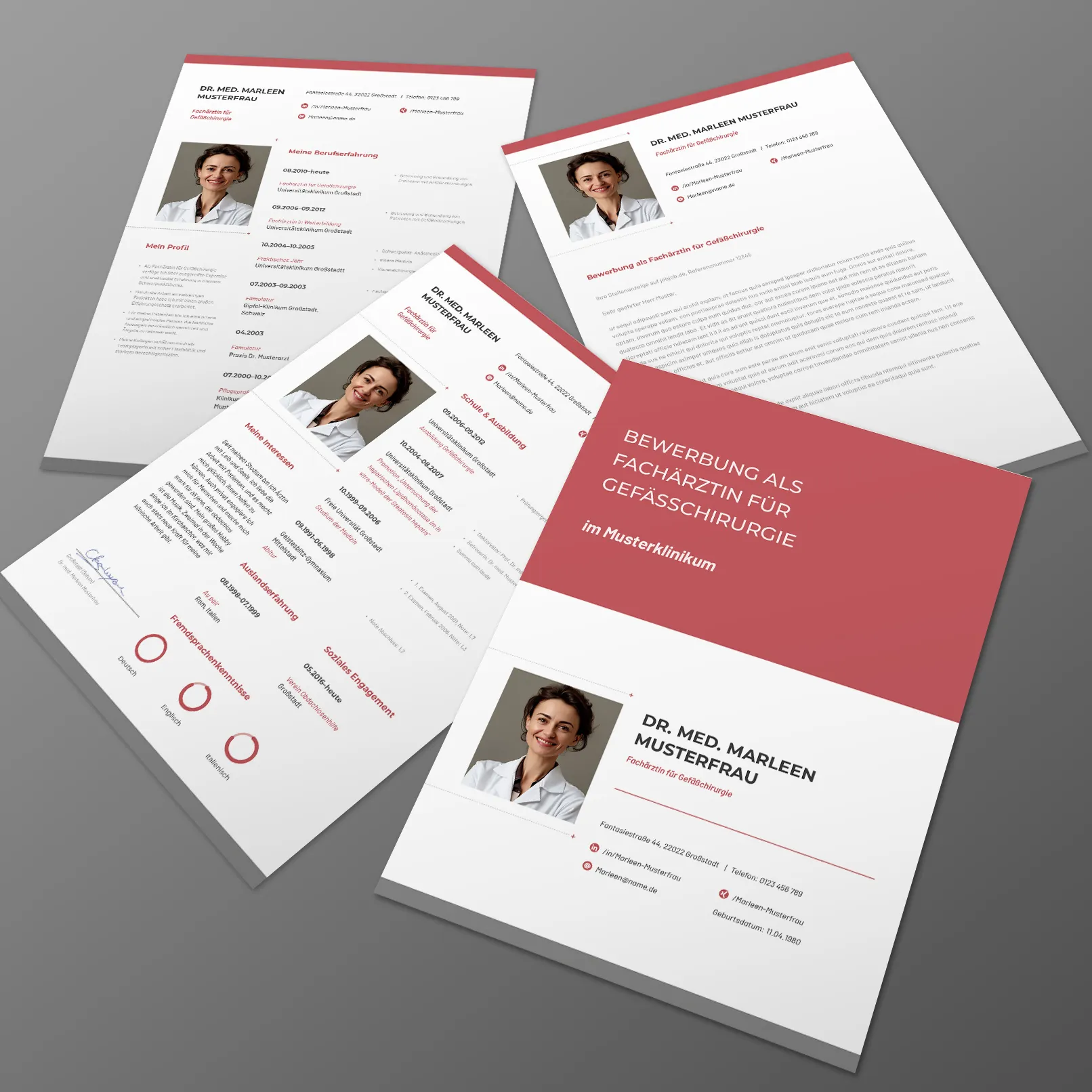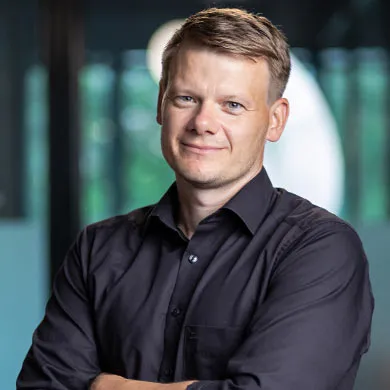Application and resume with or without photo: our recommendation
Is the cover page of a job application without a photo, a resume without a picture possible? A question that concerns applicants in Germany today: Are application photos still contemporary and therefore standard? Is it bad to omit a job application photo?

I received an email with this question and the man who wrote to me said:
In countries other than Germany, it is completely uncommon, and unless it's about a hotel receptionist, it should actually be completely irrelevant how someone looks. I have met people who see this as discriminatory. However, if I were in the decision-making position, I would explicitly refrain from using the photo. Especially since I have also witnessed a case where a female applicant was judged based on the photo: "Just look at that cheeky expression! I want to take a look at her."
The question of whether a job application should include a photo or not is legitimate and challenges us also because our job application templates are fully equipped with a space for the job application photo, like in the example here:

Country-specific rules for job applications and resumes with and without photos
The use of photos in job applications and resumes varies greatly depending on cultural norms, legal requirements, and industry practices in different countries. It is different, and as an applicant, I would carefully follow what is common. Here is an overview for you.
Countries where photos in job applications are commonly used
- Germany: In Germany, it is traditionally customary to include a professional photo in the resume or the cover page. However, this is starting to change, especially in international companies and for positions that require a high sensitivity to discrimination issues.
- France and Netherlands: In France, it is also common to attach a photo, although the practice may vary depending on the sector and corporate culture.
- Spain: Spanish resumes often contain a photo, partly due to the high importance of personal impression in the Spanish business culture.
- Austria and Switzerland: In these countries, it is also common to use a photo in the resume.
Countries where resumes without a picture are normal:
- USA: In the USA, it is generally recommended not to attach a photo to avoid discrimination based on age, gender, race, or ethnic origin. Many companies reject resumes with photos for legal reasons.
- Canada: Similar to the USA, photos are usually not used in resumes to promote equal opportunities and ensure compliance with anti-discrimination laws.
- United Kingdom: In the UK, it is also unusual and not recommended to have a photo in the resume, as it is considered a potential source of discrimination.
- Australia and New Zealand: In these countries, there is no fixed rule, but most applicants tend to not use a photo unless it is specifically requested or for certain industries like acting or modeling.
- Scandinavian countries: In countries like Sweden, Norway, and Denmark, it is not customary to include a photo, especially due to the strict regulations and laws against discrimination.
So in Germany, we are still used to including a job application photo, and many less internationally oriented companies also expect it. However, these practices can change, especially as more and more companies value diversity, inclusion, equality, and data protection and try to avoid unconscious biases in the recruitment process. Omitting a photo indeed helps avoid discrimination based on age, gender, ethnic origin, or appearance and promotes a more objective assessment of the qualifications and skills of the applicants. A job application without a photo also has another reason. There is a Halo Effect that affects recruiters in job applications and attributes positive qualities to attractive individuals and negative attributes to less attractive individuals. The trend goes even further in some industries and countries beyond omitting a job application photo and moves towards anonymized applications to promote equal opportunities and reduce discrimination.
Our job application designs are tailored to the norms of countries where a photo in the resume is expected. However, the job application templates still look good even without a job application photo.
The Halo Effect in the Job Application Process
The Halo Effect is a psychological phenomenon where the positive perception of a specific trait of a person is transferred to other, unknown traits. In the context of job application photos, this effect can play a significant role. When a job application photo appears particularly attractive, professional, or likable, viewers tend to attribute other positive traits such as competence, trustworthiness, and professionalism to the person depicted. This can influence the applicant's chances in the job selection process. The applicant is more likely to be invited to an interview.
Impact of the Halo Effect on Job Application Photos
- First Impression: The first impression can be crucial, and a job application photo is often the first visual contact between an applicant and a potential employer. A positive photo can thus leave a strong first impression that influences the overall perception of the applicant.
- Attribution of Competence: Studies have shown that people rated as attractive in photos are often perceived as more competent, successful, and suitable for a position. This can make a difference, especially in competitive job markets. This effect also works the other way around: Less attractive people unfairly receive negative assumptions about their character, competencies, and abilities.
- Influence on Interview Invitations: An appealing job application photo can increase the likelihood of the applicant being invited to an interview. This is because the positive emotions evoked by the photo can influence the decision of the HR personnel.
The Halo Effect is a well-researched phenomenon that includes both opportunities and challenges in recruitment practices, and awareness of it can lead to fairer and more effective hiring processes. Many companies are aware of this phenomenon and want to ensure that the focus of an application is on the applicant's professional experiences, education, and skills. Companies have also started to change their internal hiring processes to reduce the Halo Effect. These measures include:
- Standardization of Application Processes: Some companies actively request not to include photos in the application documents to minimize the Halo Effect and ensure a fairer evaluation of applicants' qualifications and experiences.
- Training of HR Personnel: HR personnel are educated about unconscious biases and trained accordingly, leading to a more objective evaluation of applicants.
- Use of Structured Interview Techniques: These techniques help to focus more on the actual skills and achievements of the applicants rather than being influenced by their outward appearance.
- As an applicant, make sure your resume is well-structured, clearly formulated, and contains all relevant information highlighting your suitability for the position.
If you are unsure or considering specific industries like entertainment or hospitality where outward appearance may play a role, it may be helpful to directly inquire with the company whether a photo is desired.

My Recommendation as a Managing Director on Applications and Resumes with or without a Photo
We have also received applications without photos. Legally, it is completely fine. We are a small company with less than 20 people in the team. Everyone knows each other. We are a friendly team and like each other. The work atmosphere and disciplined corporate culture are very important to us. Especially the first employees were particularly fundamental for us because they shaped the DNA of the company and the team.
Today, I maintain the same approach as at the beginning: Social skills are more important to me than technical skills because we can teach technical skills to people, and we require a high willingness to learn for our industry anyway. Of course, we expect applicants to have the competencies necessary for a vacant position. But if something seems strange in communication or social interaction during the interview, that person will not get the job. An applicant must fit in with us, both professionally and, even more so, socially.
What have I done when I received an application without a photo? I Googled the applicant because I wanted to form an impression. I often then discovered the applicant's photos on Social Media. Did I always like what I saw? Not always. With the job application photo, the applicant retains control over the first visual impression I receive. It significantly influences what I see first.
We are not a company that receives 500 or more applications for a vacancy. Therefore, we do not have a professional, software-based application management system. We review the incoming applications, make a pre-selection for interview invitations, and probably, like many other decision-makers, are subject to the Halo Effect. And I assume that most companies in Germany are not so dissimilar in their application processes as we are because most companies are not large corporations but small businesses that form the backbone of the economy.
What do I recommend to you with that? If you are applying in the Anglo-Saxon region or at academic institutions, inform yourself beforehand about the requirement of whether a job application photo is necessary or not. If you are applying in a country or in an industry where it is still common to place a picture in the CV, then do it! And do it the best way possible. There is the halo effect after all. So use it for yourself by using a professional application photo of high quality. If God has not blessed you with beauty, you still have the opportunity to achieve the best version of yourself through a professional photo shoot and some image editing. You shouldn't fake it! But you can be thorough with your application photo and arrange everything so that your image becomes very professional. This also includes presenting yourself with your application image and your information in a layout that appears professional and high quality. The professional application layout will then also rub off on you and assign you positive attributes.
Take a look at our professional application templates. These are your professionally and attractively designed framework for you and your information, allowing you to also use the halo effect for yourself. Many consultants and coaches present themselves in their promotional videos with expensive cars and luxury watches. This is also co-branding, whereby the status of the high-quality brand should reflect on the consultant or coach. You can thus use a professional application design for yourself to position yourself professionally and interestingly in your application.
After reviewing your application, there is always an interview, which is a crucial step in the hiring process. In the interview, the employer can assess your professional skills, personal qualities, and suitability for the advertised position.
To master this step successfully, it is important to prepare thoroughly. We offer you two useful articles that will help you prepare for the interview.
The first article addresses how you can respond to questions about your strengths and weaknesses. This is one of the most common questions in interviews, and the ability to answer it correctly can significantly increase your chances of success. In the article, you will find practical tips and examples to help you formulate confident and honest answers that present you in the best light.
The second article highlights frequently asked questions in interviews and offers effective strategies for answering them. It is important to understand that some questions may appear difficult or unexpected. However, well-prepared answers in advance will help you feel more confident and present yourself more professionally.
Prepare with us for your interview, and your chances of a successful employment will significantly increase.
From Matthias Petri
